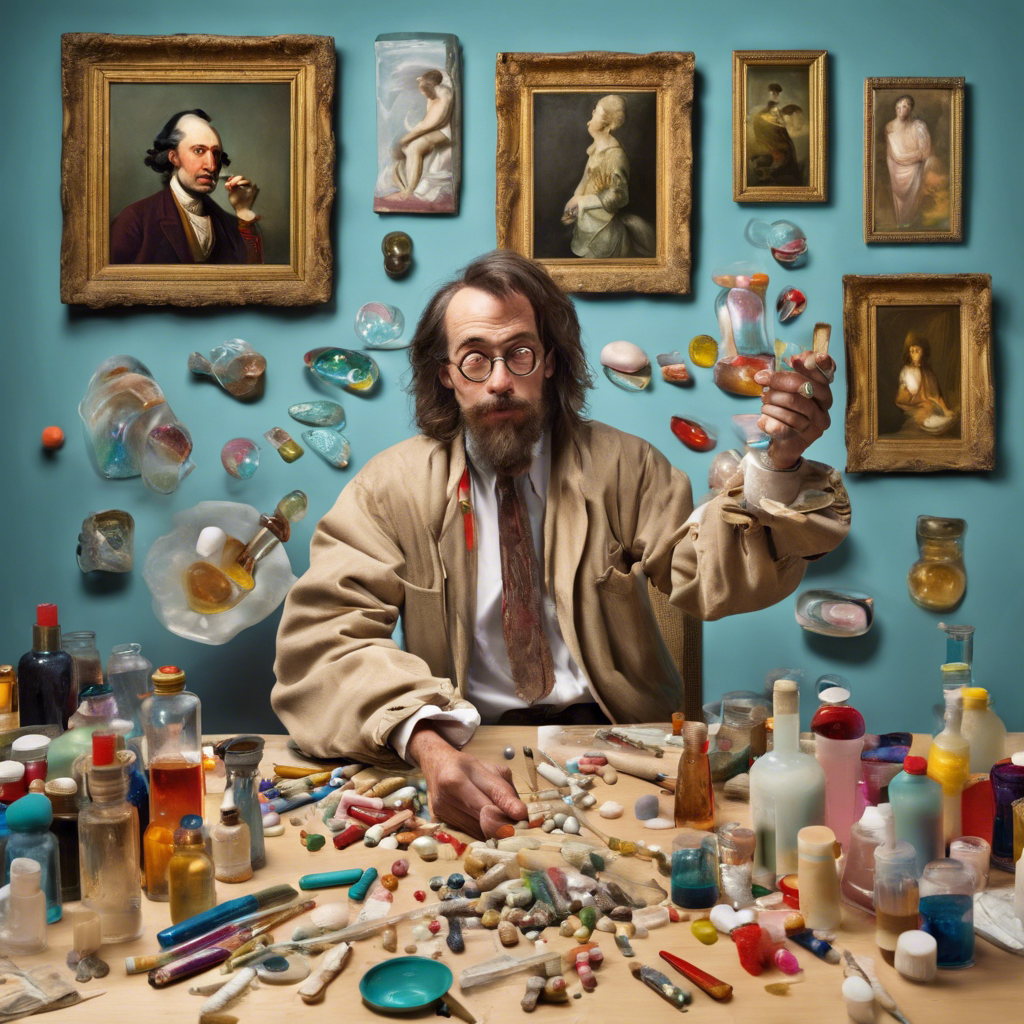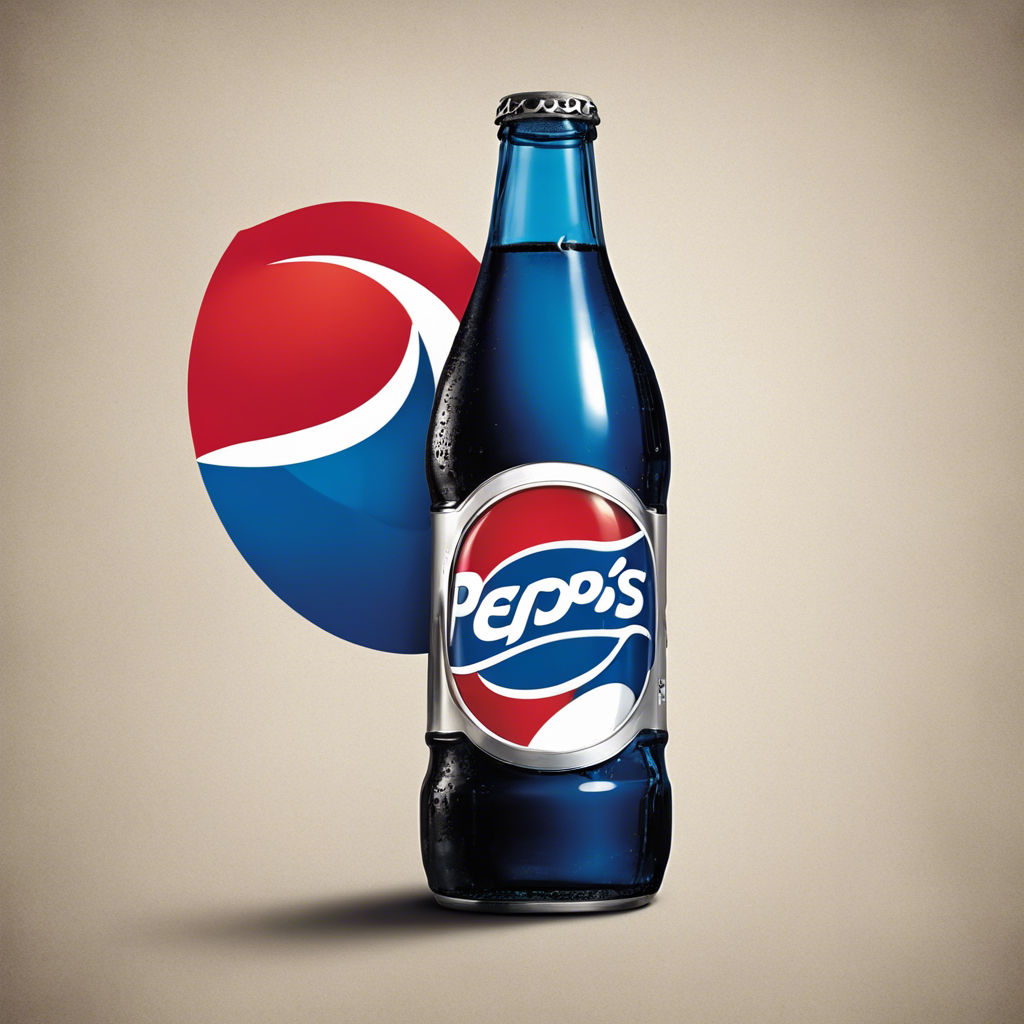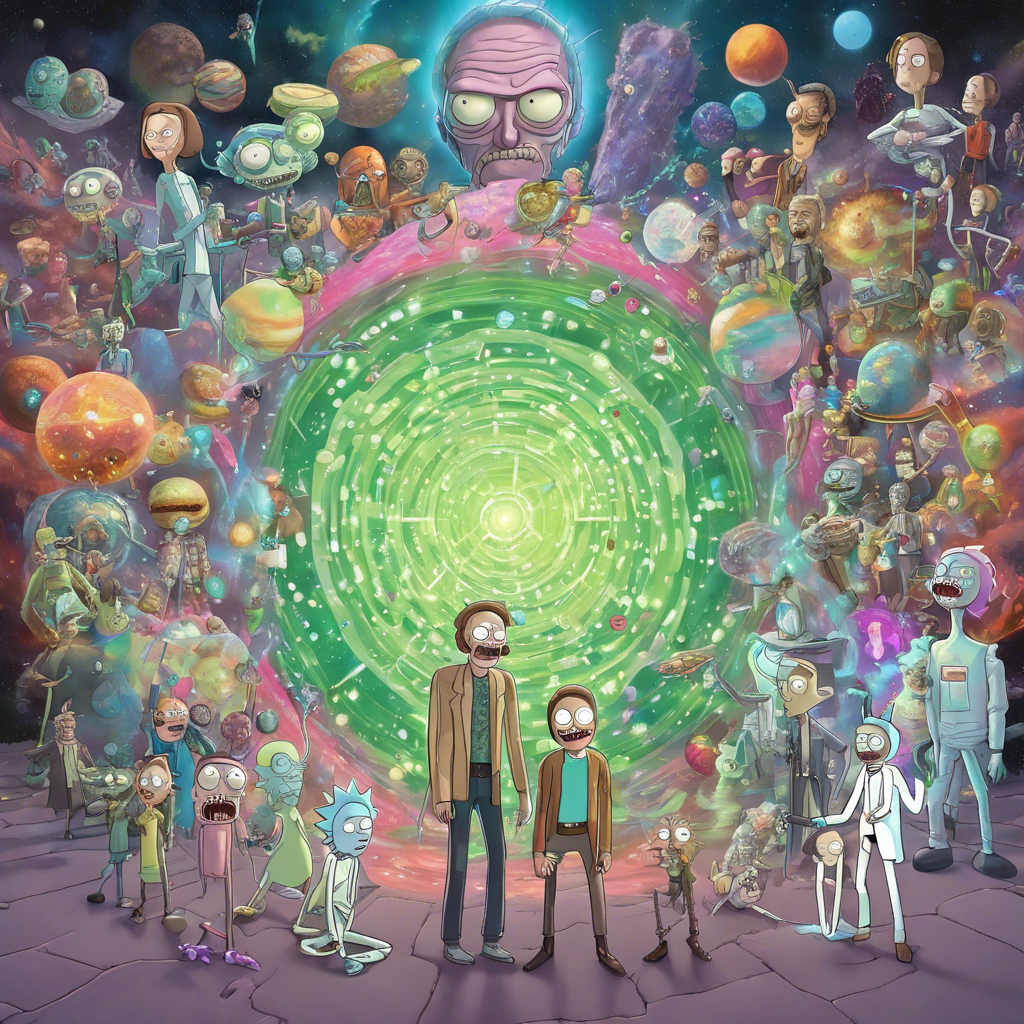The Highs and Lows of Art: How Drugs Shaped Masterpieces

Exploring the Influence of Drugs on Iconic Works of Art
From music to literature, the world of art is filled with masterpieces that have left an indelible mark on our cultural landscape. But what if we told you that many of these works were created under the influence of drugs? It’s a surprising truth that challenges the notion that winners don’t use drugs. In this article, we delve into the intriguing relationship between drugs and art, exploring how substances like weed, LSD, cocaine, and more have shaped some of the greatest creations known to humanity.
1: The Beatles and the Psychedelic Symphony
The Beatles’ groundbreaking album, Sgt. Pepper’s Lonely Hearts Club Band, often hailed as the greatest album ever, was crafted during a time when the band was heavily immersed in weed, LSD, and cocaine. These substances fueled their creativity and pushed the boundaries of what was possible in music.
2: Marvin Gaye’s High on Inspiration
Marvin Gaye’s What’s Going On, ranked sixth on Rolling Stone’s list of the greatest albums, was a socially conscious masterpiece that was created amidst a cloud of marijuana smoke. The entire recording process was permeated with the sweet scent of weed, fueling the artist’s musical genius.
3: Withnail & I: A Drunken Cinematic Experience
Withnail & I, a cult classic film, perfectly captures the experience of being drunk. The movie’s director, Bruce Robinson, drew from his own experiences with alcohol to create a truly authentic portrayal of intoxication. Roger Ebert famously stated that the only way he could improve upon the film’s depiction of drunkenness would be to physically assault the viewer with frozen peas.
4: Easy Rider and the Cocaine Chronicles
Easy Rider, a film that epitomizes the counterculture movement of the 1960s, was made during a time when drugs were rampant in Hollywood. Dennis Hopper and Peter Fonda, the film’s stars and directors, were so desperate for cocaine during production that they allegedly snorted an executive’s dead wife’s ashes. The film stands as a testament to the wild and drug-fueled era in which it was created.
5: Jack Kerouac’s Beatnik Binges
On the Road, one of the great American novels, was written in a mere three weeks by Jack Kerouac. Fueled by a combination of cigarettes, coffee, booze, and benzedrine, Kerouac’s writing process was a whirlwind of substances. Amidst the chaos, he managed to capture the essence of the Beat Generation and create a literary masterpiece.
6: Hunter S. Thompson’s Drug-Fueled Journalism
Fear and Loathing in Las Vegas, Hunter S. Thompson’s gonzo classic, is a wild ride through the drug-infused underbelly of American society. Thompson’s detailed account of his drug use while writing the book, from grass to mescaline, showcases the extent to which drugs shaped his unique journalistic style.
7: Kurt Cobain’s Heroin-Fueled Brilliance
Kurt Cobain, the frontman of Nirvana, battled addiction to heroin while creating the iconic album Nevermind. Despite his personal struggles, Cobain managed to channel his pain and create a raw and powerful collection of songs that defined a generation.
8: Keith Richards and the Rolling Stones’ Exile on Main St.
During the recording of Exile on Main St., the Rolling Stones’ seventh best record, guitarist Keith Richards was found passed out with a needle in his arm. Despite his drug use, Richards continued playing, demonstrating the rock ‘n’ roll spirit that defined the era.
9: Jean-Michel Basquiat’s Drug-Fueled Artistry
Jean-Michel Basquiat, a renowned artist of the 1980s, produced a multitude of works while under the influence of drugs, particularly cocaine. His excessive use of the substance eroded a hole in his septum, and it was an accidental heroin overdose that tragically ended his life.
10: Dr. Dre’s Chronic Influence
Dr. Dre’s album, The Chronic, is not only a landmark in hip-hop but also a part of the Library of Congress. While there are certainly albums with more drug-infused themes, the inclusion of The Chronic in such a prestigious institution speaks to its cultural significance.
Conclusion:
The intertwining of drugs and art is a complex and fascinating phenomenon. From the Beatles to Basquiat, countless artists have found inspiration, creativity, and escape through the use of substances. While the connection between drugs and art may be controversial, it cannot be denied that these substances have played a significant role in shaping some of the greatest masterpieces of our time. Whether we choose to celebrate or condemn this relationship, it remains an intriguing aspect of the artistic world.









